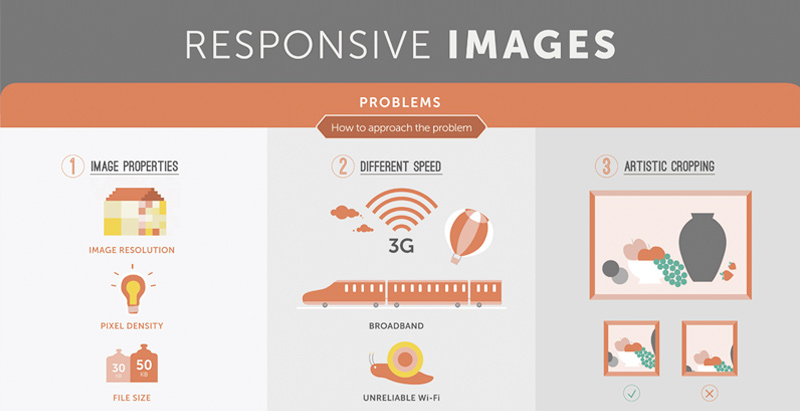Essential Aspects Of Website Design: Standards For Establishing A User-Centric Site
Essential Aspects Of Website Design: Standards For Establishing A User-Centric Site
Blog Article
Short Article By-Christophersen Daugaard
When it concerns web site layout, making certain user-friendliness is vital. From responsive style to structured navigation, every component plays a crucial duty in developing a website that accommodates your audience's requirements. But what regarding the finer details that can make or damage a customer's surfing experience? Remain tuned as we discover some often-overlooked suggestions that can boost your site's use to the next level, making it genuinely stick out in the electronic landscape.
Relevance of Responsive Design
Responsive style is a vital element of modern-day web site development. Guaranteeing your site is receptive ways that it can adjust to different display sizes and devices, offering a seamless experience for users.
With the raising use of smartphones and tablet computers to access the net, having a responsive design is crucial for getting to a bigger audience. It aids in improving customer experience by making your website simple to browse and continue reading any kind of gadget.
Additionally, receptive layout can positively impact your internet search engine positions, as online search engine like Google prioritize mobile-friendly internet sites. By having a receptive style, you're also future-proofing your web site, as brand-new devices with differing display dimensions remain to arise.
Simplify Navigation Framework
To improve user experience and promote easy accessibility to details on your site, enhancing the navigating framework is extremely important. When developing your site, focus on creating a clear and instinctive navigating menu that aids visitors discover what they're seeking quickly.
Restriction the number of food selection products to the basics, grouping related pages with each other to stay clear of overwhelming customers. Use descriptive tags that plainly show the material of each page, making it simpler for individuals to understand where each web link will certainly take them.
Take into consideration implementing dropdown food selections for subcategories to avoid cluttering the main navigating bar. In addition, include a search bar prominently on the web page for users who prefer looking for details information.
Prioritize mobile responsiveness in your navigation design to guarantee very easy gain access to on all tools.
Enhance Page Lots Speed
Improving web page tons speed is critical for maintaining visitors on your web site. Slow-loading web pages irritate users and can bring about high bounce rates. To enhance page tons rate, start by enhancing pictures. Press pictures without endangering high quality to lower their data sizes.
In simply click the up coming post , allow internet browser caching to save often accessed sources in your area, quickening load times for returning visitors. Minify CSS, JavaScript, and HTML files by getting rid of unneeded personalities, comments, and format, improving tons speed.
Think about utilizing a material shipment network (CDN) to disperse your web site's material across several web servers worldwide, decreasing latency for individuals accessing your website from various locations. Lastly, limit using third-party scripts and plugins, as they can significantly impact tons times.
Conclusion
In conclusion, by integrating receptive design, streamlining navigation, and enhancing page load speed, you can develop an user-friendly web site that interest a broader target market and boosts customer experience. seo and marketing that visitors can quickly gain access to and browse your site throughout various devices, leading to raised involvement and complete satisfaction. By concentrating on these crucial elements, you can construct an effective site that keeps customers returning for more.
